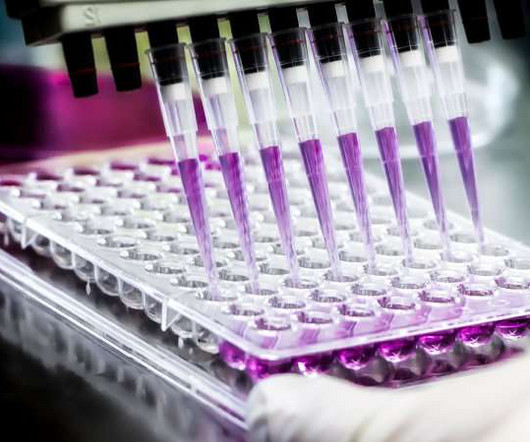Beam makes USD 120M bet; GRAIL and Quest announce the collaboration; Brain organoids mimic infant’s brains; Improvement in T cells to kill cancer
Delveinsight
FEBRUARY 25, 2021
The gene-editing technologies, which have reached the clinic, CRISPR, zinc finger nucleases, and TALENs, make their edits by nicking DNA at the target site. Cambridge, Massachusetts-based Beam aims to make more precise edits with genetic medicines, which employ base-editing. If they eliminated the T cells, the therapy stopped working.











Let's personalize your content